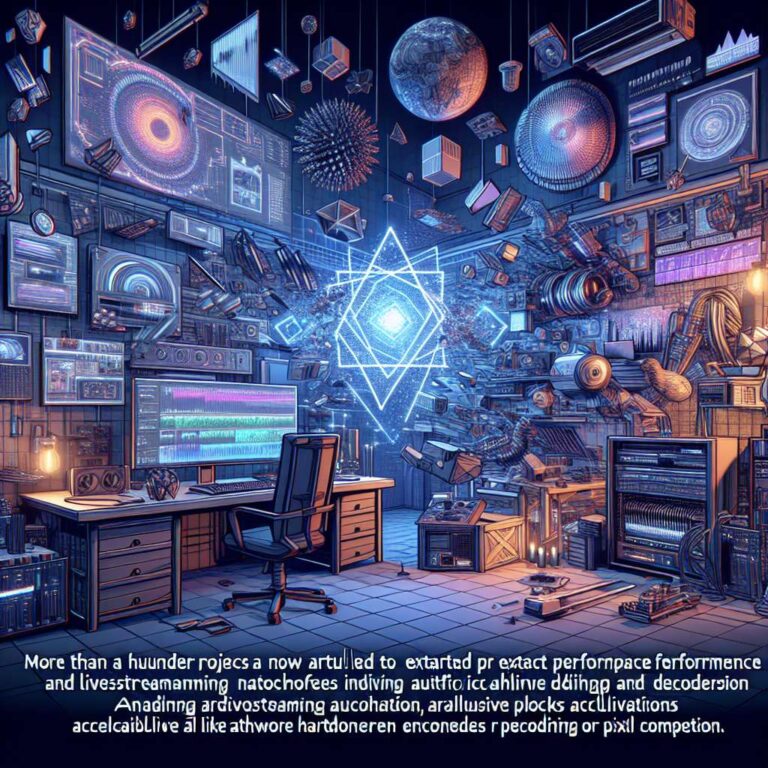NVIDIA positions GeForce RTX 50 Series GPUs and the NVIDIA Studio platform as a performance foundation for modern content creation. The 50 Series pairs fifth-generation Tensor Cores tuned for demanding Artificial Intelligence tasks with fourth-generation RT Cores for ray-traced 3D rendering, plus improved hardware encoders and decoders to speed video editing and livestreaming. NVIDIA Studio bundles runtime optimizations, Studio drivers and exclusive features such as NVIDIA Broadcast, RTX Video and DLSS, and the company says more than 135 creative apps include RTX optimizations to extract maximum performance from the hardware.
The company showcased those capabilities at Adobe MAX, demonstrating new GPU-accelerated effects in Adobe Premiere and inviting attendees to contribute to a crowdsourced music video produced on GeForce RTX systems. NVIDIA argues that next-generation generative Artificial Intelligence tools lower the barrier to ambitious projects by automating tedious tasks like repainting backgrounds or generating missing pixels, and that creators need fast, compatible hardware to iterate immediately. The article cites performance claims that models such as Stable Diffusion 3.5 and FLUX.1 Kontext run up to 17x faster on a GeForce RTX 5090 laptop GPU compared with an Apple M4 Max, and that AI effects in apps like DaVinci Resolve run up to 2x faster on GeForce RTX-equipped laptops versus MacBook Pro.
For video and livestreaming workflows, GeForce RTX hardware decoders enable editing of high-resolution 4:2:2 4K and 8K footage without extensive transcoding, while NVENC offloads encoding from the CPU and supports parallel encodes to reduce export times. GeForce RTX 40 and 50 Series also add AV1 support. NVIDIA Broadcast applies Artificial Intelligence to audio and video inputs to remove background noise, relight faces and apply an AI equalizer. Partnerships with OBS and Twitch enable local GPU-based transcoding, and Streamlabs has developed an Intelligent Streaming Agent to assist production with Artificial Intelligence-driven automation.
For 3D artists, the stack combines GeForce RTX RT Cores, the OptiX SDK and Artificial Intelligence denoising to speed previews and final renders, while DLSS improves viewport performance through reconstruction and frame generation. NVIDIA offers reference workflows such as the NVIDIA AI Blueprint for 3D object generation and tooling like RTX Remix for game modding. The article also notes broader platform developments, including DGX Spark for developers, Ollama’s web search API optimizations on RTX, and AnythingLLM support for Windows Foundry Local using the TensorRT-RTX execution provider, all aimed at expanding local Artificial Intelligence inferencing and creative tooling on RTX systems.

